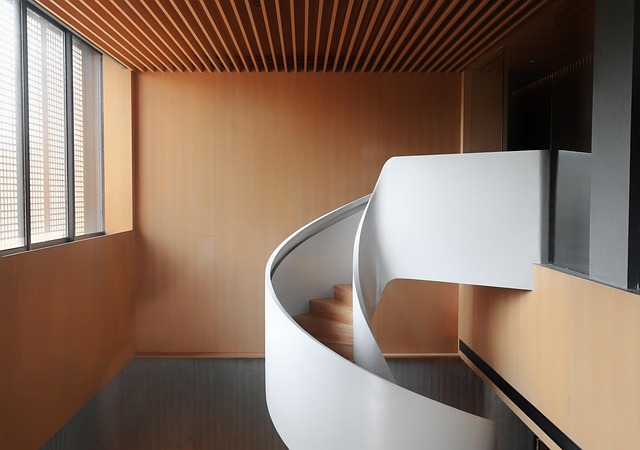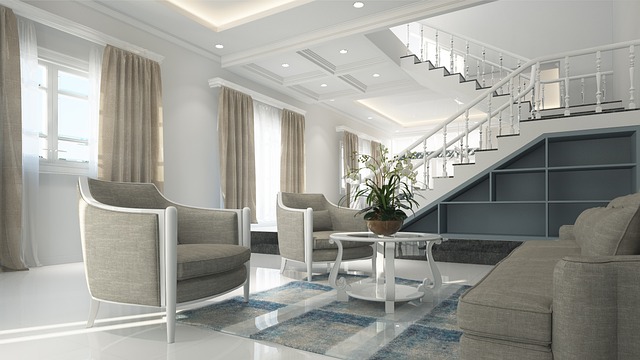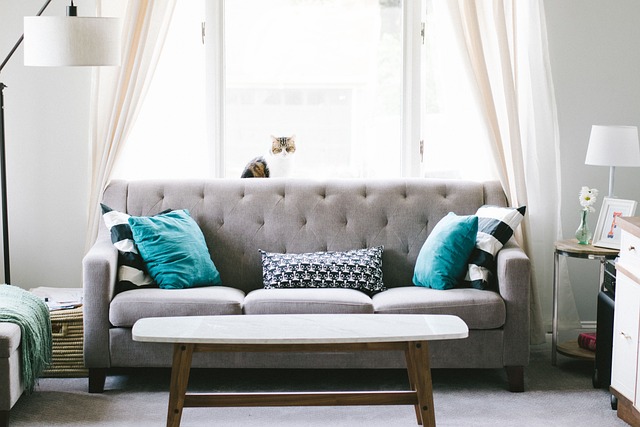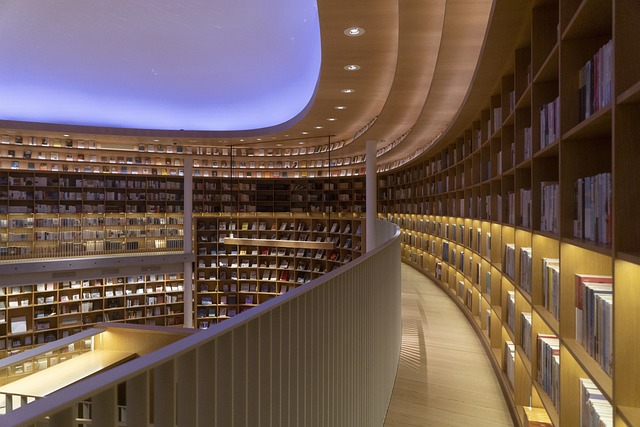Simplicity and Precision: Embracing Minimalism in Art and Design
In today’s fast-paced world, where complexity often overwhelms clarity, the minimalism design movement offers a breath of fresh air. It champions simplicity, allowing both artists and designers to communicate their ideas in a refined, intentional manner. But what is it about minimalism that resonates with so many of us?
At its core, minimalism in art and design strips away the unnecessary, focusing on essential elements. By doing so, it creates space for direct engagement between the piece and the viewer. Each line, each color, and each shape has a purpose, inviting reflection and prompting emotional reactions that cluttered works might not evoke.
The Aesthetic Appeal of Minimalism
The aesthetic of minimalism embodies a quiet elegance. Consider the works of artists like Donald Judd or Agnes Martin, who utilize simple geometric shapes and a limited palette to prompt reflection and introspection. In a busy gallery or a cacophonous environment, their pieces stand out not through noise, but through their harmonious tranquility. This approach in art resonates deeply, encouraging audiences to slow down and appreciate the subtleties that often go unnoticed in more chaotic compositions.
In design, minimalism achieves similar elegance, whether in fashion, graphic design, or interior spaces. A well-designed user interface with a clean layout not only enhances functionality but also creates a more enjoyable experience for users. Think about the timeless appeal of Scandinavian design; the emphasis on natural materials and uncluttered spaces helps create a calming atmosphere that feels both inviting and sophisticated.
Connecting with Nature
Many minimalists draw inspiration from nature, which inherently embodies simplicity and balance. The stark lines of a mountain range or the gentle curves of a rolling hill evoke feelings of peace and clarity, qualities reflected in minimalist works. For designers, such an approach can lead to a more sustainable practice, prioritizing natural materials and thoughtful use of resources. This connection to the environment not only aligns with minimalist principles but also encourages consumers to engage with their surroundings more consciously.
The Emotional Impact of Less
Minimalism invites us to confront our relationship with the material world. In stripping away excess, many find freedom—a liberation from the distractions of unnecessary items or visual clutter. This emotional release can be deeply therapeutic, leading to a mindset that values experiences over possessions.
In both art and design, embracing minimalism allows for a greater focus on intention and meaning. Artists and designers who adopt this thoughtful principle often find that their work resonates more profoundly with audiences, sparking conversations around purpose and value. When every detail is deliberate, the impact of each element becomes magnified.
Ultimately, minimalism teaches us a powerful lesson: by embracing less, we can appreciate more. It is a philosophy as much as an aesthetic choice, inviting us to reflect, engage, and connect with the world at a deeper level. Whether you are an artist, designer, or simply a lover of beauty, the allure of minimalism design holds an undeniable promise of clarity and purpose, encouraging a more mindful approach to creativity and consumption.




